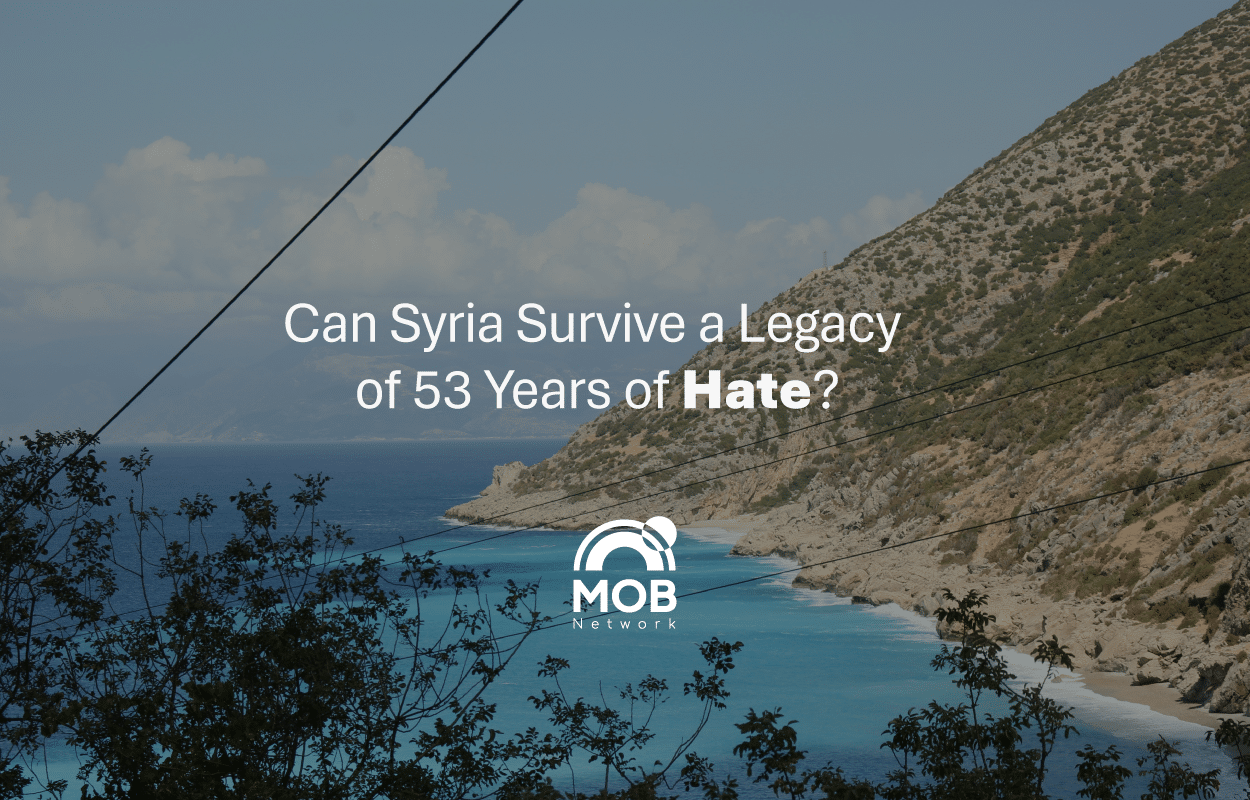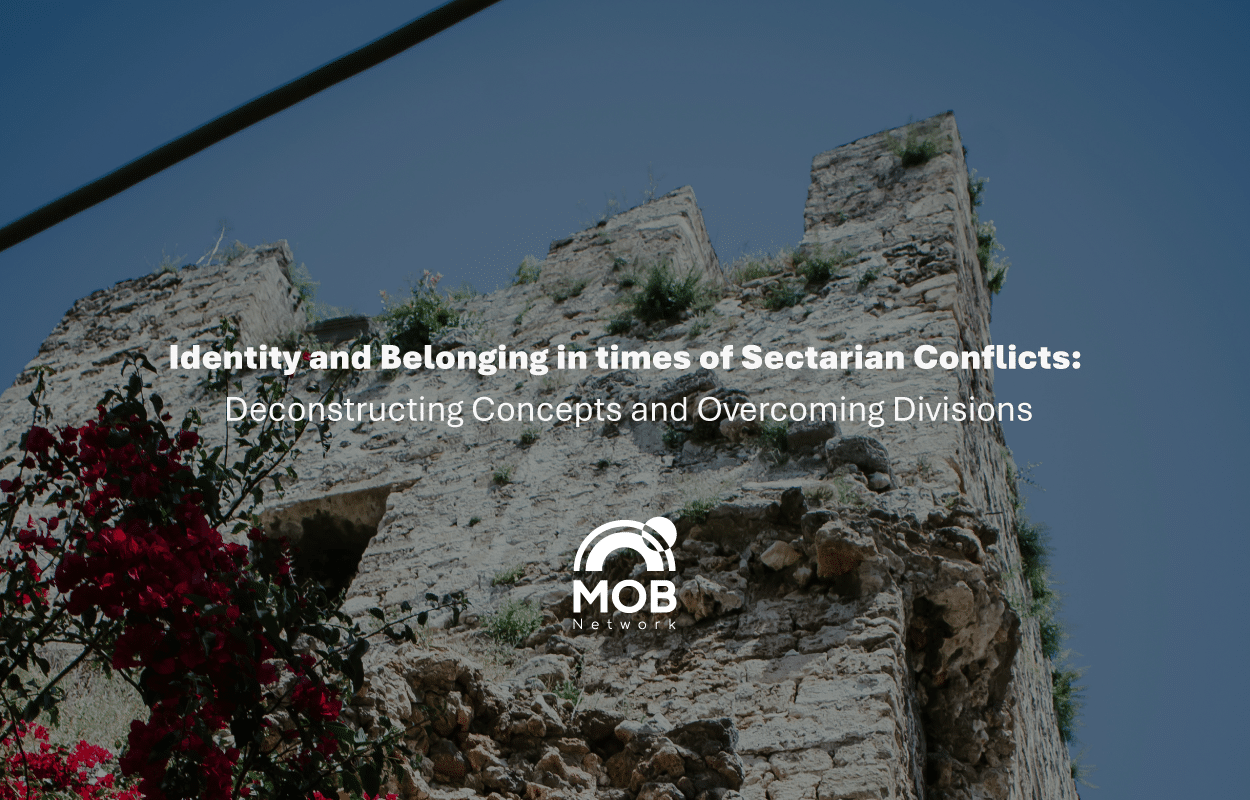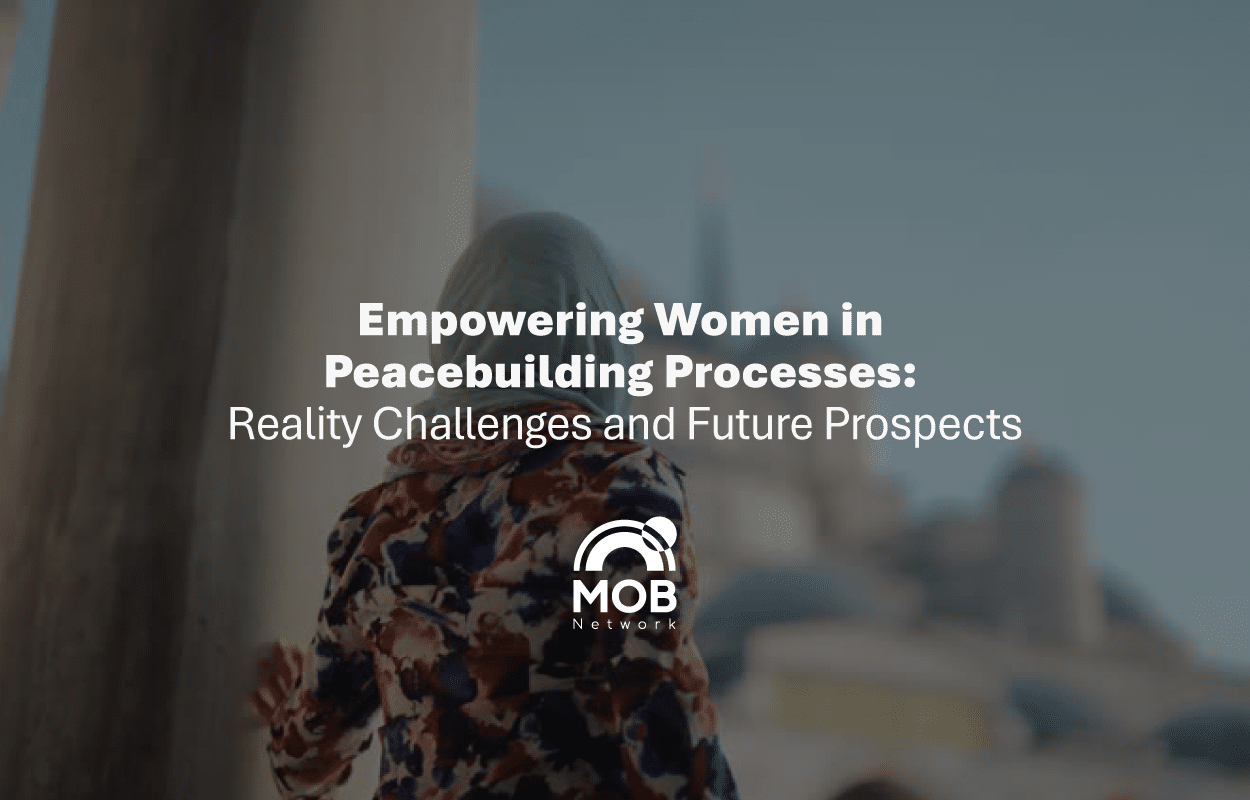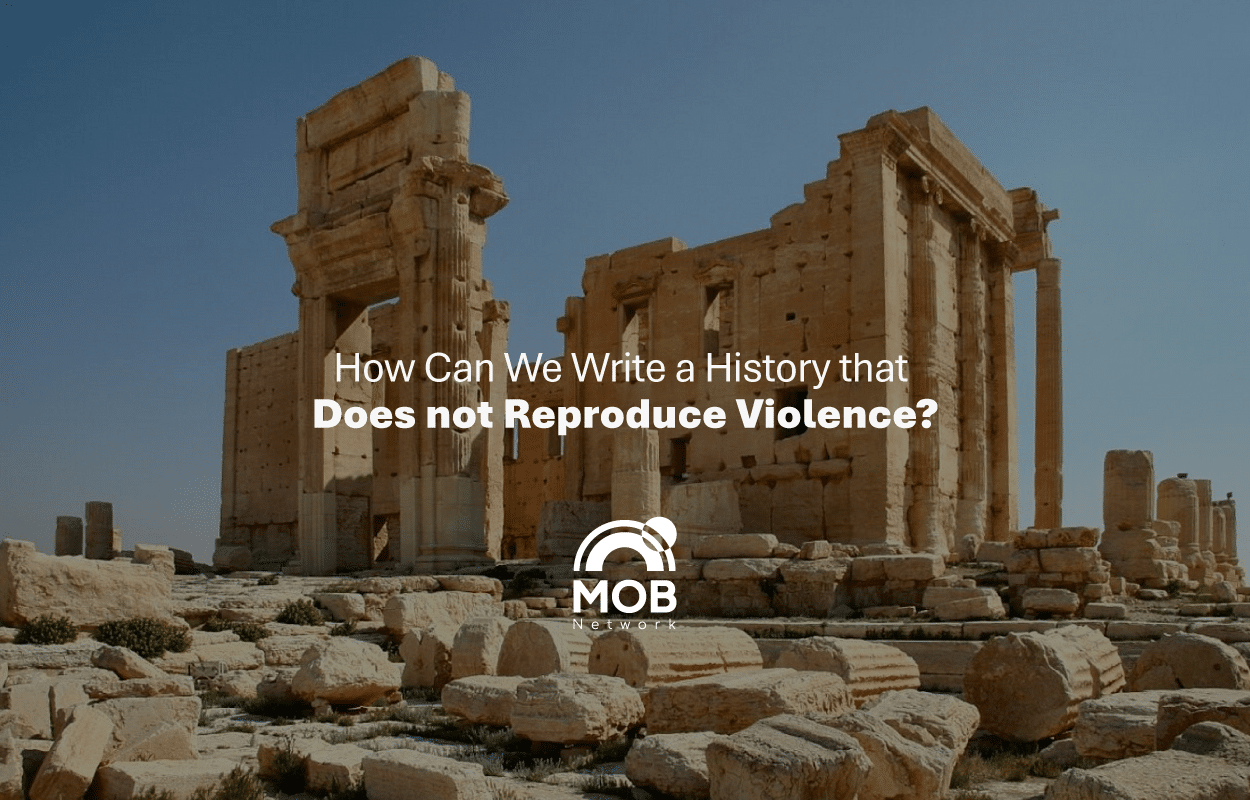In post-liberation Syria, communities are emerging from the rubble of war in search of a new identity, a lost justice, and a homeland that the regime has tried for decades to reshape to its own liking. Although liberation from the grip of tyranny represents a new beginning, the Syrian regime’s legacy remains deeply embedded in the collective consciousness, its most dangerous manifestation being the inheritance of “hate speech” as a tool of authoritarian control.
For more than five decades (since the 1970 coup), the Assad regime has worked to create horizontal and vertical schism in Syrian society.
It taught the new generations to fear the other, divided citizens according to their loyalties, and distorted the image of their political opponents as traitors, foreign agents, or sectarians.
With the outbreak of the Syrian revolution in 2011, this fragile structure exploded, and hate speech came out into the open, fueled by official media.
Today, after years of displacement, division, migration, and destruction, we find ourselves facing a wounded society, suffering from a collapse of trust, a fragmentation of identity, and implanted hatred.
In such a context, understanding and then analyzing one of the most dangerous phenomena threatening societies —hate speech— becomes a necessary priority for any comprehensive national project. A stable future cannot be built without dismantling the tools of hatred that have been cultivated over more than half a century.
What is (Hate Speech)?
Hate speech as defined by The United Nations:
It is any form of communication, whether in speech, writing, or behavior, that attacks or uses insults or segregational language toward a person or group based on who they are based on their religion, race, nationality, color, origin, gender, or any other identity factor
While the Committee of Ministers of the Council of Europe Recommendation (No. 97/20) states that: Hate Speech includes all forms of expression that spread, encourage, or justify racial hatred, xenophobia, antisemitism, or any form of hatred based on intolerance. This includes intolerance expressed through aggressive nationalism, discrimination, or hostility against minorities, migrants, and persons from immigrant origin.
Regarding electronic media platforms, which have become in this era not only the primary fertile environment for hate speech, but also feed it and contribute to its spread, Facebook’s presented a definition of hate speech as:
A direct attack on people (not ideas or institutions) based on what we call “protected characteristics,” such as race, ethnicity, national origin, disability, religious affiliation, social class, sexual orientation, gender identity, and serious illness. This attack includes violent or degrading speech, harmful stereotyping, derogatory language, name-calling, and calls for exclusion or isolation.
To protect users, X (formerly Twitter) has clear policies prohibiting direct attacks on individuals based on their personal characteristics. These policies are part of a legal and regulatory framework aimed to prevent the dissemination or justification of hate speech and to ensure a safe communication environment based on respect for diversity and human rights.
So, Attacks in this context are considered a form of violent speech, speech that dehumanizes an individual, or expressions that promote harmful stereotypes that diminish others. This also includes insults, derogatory statements, or calls for exclusion and isolation from society. Any speech that aims to devalue or discriminate against people based on these characteristics is prohibited, which therefore protects the community on X.
These definitions show similarities on three essential elements:
Purpose of the Speech:
All definitions consider hatred not to be a normal opinion, but rather to be used to harmfully influence others through insulting, incitement, or spreading fear.
- Discriminatory basis:
Every definition agrees that it targets groups based on their protected characteristics (religion, race, gender…).
- Impact on society:
Some definitions see hate speech as not limited to individual harm, but rather as a tool to establish discrimination and inequality, and to maintain unjust social systems that marginalize and exclude certain segments of society.
It can be summarized as any expression that carries within it incitement or discrimination against individuals or groups on the basis of religious, ethnic, gender, political, or other identity, through any type of communication, whether spoken, written, or by behavior. It also exceeds the boundaries of opinion, posing a direct threat to civil peace, and often paving the way for acts of violence and systematic discrimination.
“We must face intolerance by working to stop the hate that is spreading like wildfire online.”
António Guterres United Nations Secretary-General, 2023 Tweet
Why does hate speech increase during crises?

During crises, feelings of fear, anxiety, and suspicion are heightened, prompting individuals and communities to search for an “enemy,” or more precisely, a “scapegoat” to hold responsible for what is happening. This tendency is reinforced by multiple factors, such as the weakness of state institutions, the absence of professional media, and the spread of social media platforms as unregulated platforms.
It appears that the reasons for the spread of such inflammatory speeches exist in our societies, which have been plagued by numerous, long-lasting conflicts and wars. There is no doubt that tyranny uses such mechanisms to divide social groups and fragment communities for ease of control, making hate speech an effective tool for mobilizing support and excluding opponents. The absence of an education based on acceptance of others and societal diversity also contributes to the perpetuation of intolerance. When individuals grow up in an environment that perpetuates stereotypes about certain groups, they become susceptible to believing and promoting hate speech without critical thought.
In societies characterized by sectarian, ethnic, or political diversity, hate speech poses a direct threat to the country’s unity. It is not limited to verbal discourse, but rather escalates into exclusionary practices and obvious violence, and may even lead to ethnic or sectarian cleansing.
Studies have also confirmed that societies that have experienced civil conflicts become fertile ground for the breeding of hatred, as grudges are reproduced through the media, education, and politics.
“When we confront hate speech, we are not only protecting civil peace, but also protecting the dignity of people targeted because of their ethnic, political, or religious background. Stigma, exclusion, and stereotypes diminish people's freedom, and defending them is defending their rights.”
Yahya Fares Tweet
Syria as a living example of the effects of hate speech
Since the outbreak of the Syrian conflict in 2011, hate speech has become a daily part of the landscape, not only on the battlefield but also in schools, the media, and homes. It has become a justification for violence and a means of mobilizing the masses.
In the media, sectarian discourse has been used to distort the image of the other side and incite people against it.
This continues until today, and several months after the liberation of Syria, we are witnessing the harvest of what was sown over five decades.
A BBC investigation has uncovered networks of foreign accounts active on X, working to incite sectarianism, spread hate speech, and promote misinformation about the situation in Syria.
The investigation revealed that these networks are being systematically and synchronized and operated as part of internet campaigns targeting the Syrian government and certain Syrian groups, coinciding with the political changes taking place in the country.
The activity of these accounts was tracked by monitoring more than two million posts related to events in Syria since its liberation.
The team analyzed a sample of more than 400,000 posts on X.
The investigation revealed manipulative tactics employed by some accounts, such as activating programmed fake accounts and exploiting algorithms to control online discourse. Common tactics also included simultaneous posting, reposting old content, and weaving fabricated narratives to influence public opinion.
“One in five media products, whether on television, radio, print, or the internet, contains some form of hate speech.”
Syrian Center for Media and Freedom of Expression (SCM) Tweet
This increased the burden on the new Syrian administration to confront the disintegration of national identity, as sectarian or regional affiliation became stronger than national affiliation.
Reconciliation is also difficult as a result of hate speech that has fueled a collective memory based on resentment and fear. This makes future reconciliation more complex, and the hatred may be passed on to new generations, which is considered the most dangerous for Syria’s future.
Hate speech in times of crisis is not merely a byproduct, but a flammable factor. In the case of Syria, it has become a central tool in the conflict, making combating it a prerequisite for any peace or reconstruction process.
Perhaps the beginning of the solution lies in recognizing its harm and developing realistic plans to dismantle it, not only within institutions, but within the collective consciousness itself.




